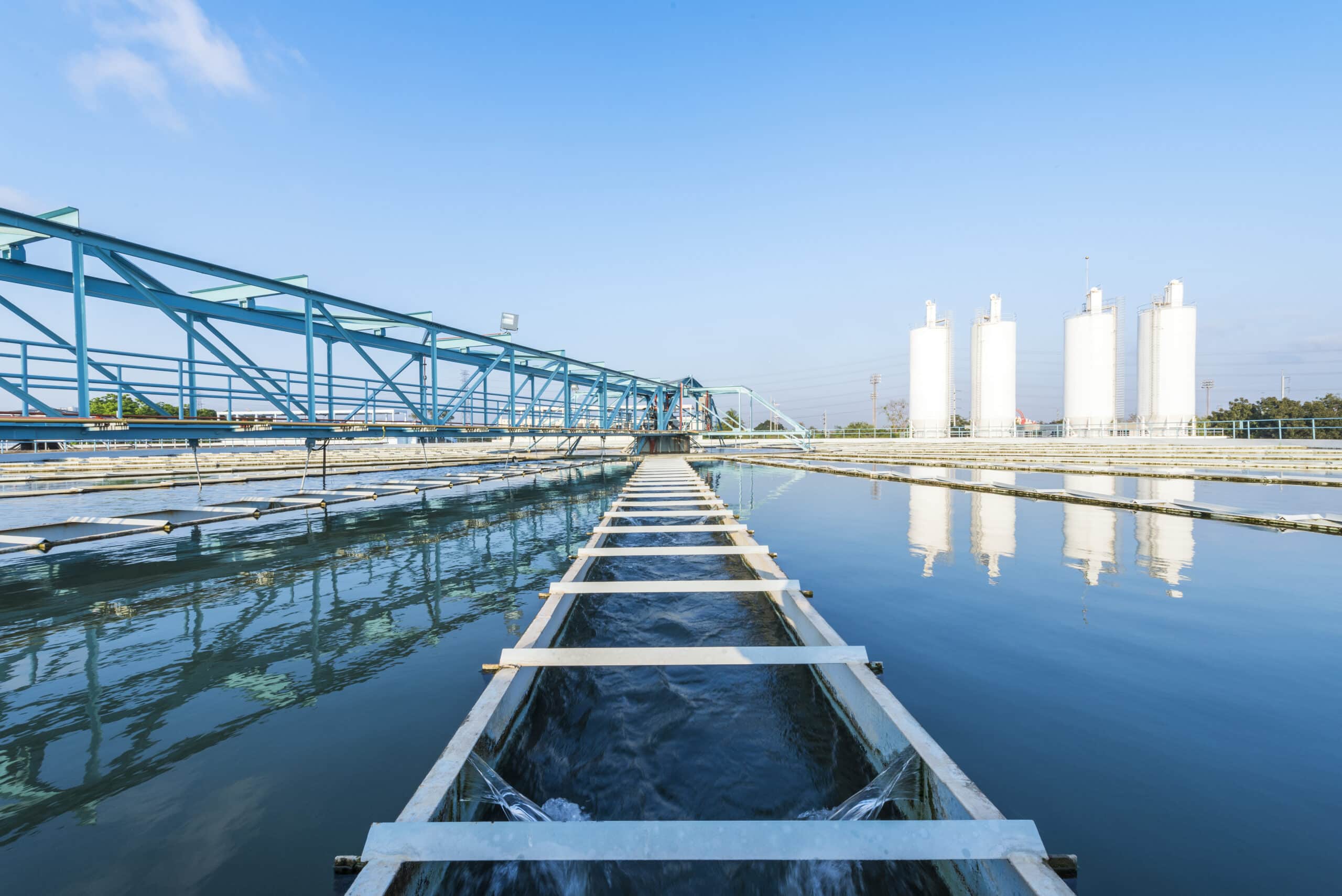Everyday consumers are met with new challenges pertaining to the different types of water pollution, be it from an oil spill, or inadequately treated effluent – further worsening the situation of South Africa’s failing and fragile water infrastructure.
Waterborne illnesses are caused by pathogenic microscopic organisms, like viruses and bacteria that are ingested by consuming contaminated water or by coming into contact with toxic effluents. Water contamination can come from various sources; rainwater, groundwater, surface water, agriculture and industry – runoff can pollute waterways – and over the past decades, contamination continues to be the cause of many people getting ill.
Water that is deep underground is a little more protected from certain types of pollution. Geology and soil also affect water quality. Waterborne illnesses caused by human water pollution, such as Typhoid Fever, Cholera, Giardia, Dysentery, Escherichia Coli (E. coli), Hepatitis A and Salmonella put a huge strain on the already struggling healthcare system.
Contamination happens when toxic substances in the water disturb the spontaneity of the mechanism of biological processes in the ecosystem and human body, which result in long and short-term diseases. Unfortunately, not everyone has adequate access to safe water and therefore, cannot practice safe sanitation and hygiene. Every day municipalities, businesses and NGOs make great progress through the implementation of new technologies, like the NIROBOX for treatment of different types of water and MABR solutions that are designed for optimal municipal wastewater treatment, packaged into modular and scalable configurations.

